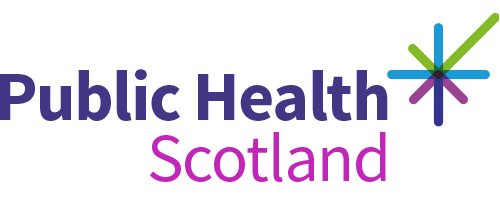- Published
- 12 August 2025
- Journal article
Prevalence of disordered eating and eating disorders among Norwegian university students before and after the COVID-19 pandemic, 2018 and 2022: The SHoT study
- Authors
- Source
- Journal of Eating Disorders
Abstract
Objective: The prevalence of eating disorders (EDs) is increasing, but little is known about their trends among university students, particularly following COVID-19. This study examines prevalence in EDs and disordered eating (DE) symptoms among students in 2018 and 2022, focusing on gender and socio-demographic disparities. Methods: Data were drawn from the Students’ Health and Well-being Study (SHoT) in 2018 (n = 50 054) and 2022 (n = 59 544), a large-scale Norwegian survey covering full-time university students aged 18–36. Participants completed self-report measures assessing symptoms of DE (EDS scale) and ED diagnoses, socio-demographic variables, lifestyle, gender identity and financial status. Statistical analyses included logistic regression to assess associations between factors known to be linked to DE and EDs, chi-square tests for group comparisons, and t-tests for continuous variables. Results: From 2018 to 2022, the prevalence of self-reported EDs increased among females (3.5% in 2018 and 4.5% in 2022) and males (0.4% in 2018 and 0.6% in 2022), while gender-diverse students exhibited the overall highest ED rates (around 10% in both surveys). Anorexia nervosa remained the most common ED among females. Daily/almost daily exercise, financial difficulties, loneliness, and living alone were closely linked to EDs, odds ratios (ORs) ranging from 1.3 to 3.7 in females. Similar patterns were seen for female DE cases. Although numbers were low, financial difficulties and particularly loneliness indicated higher risk for DE and any EDs among males. Discussion: The findings suggest a relative rise in ED prevalence among students after the COVID-19 pandemic, while DE symptoms and -cases only changed minimally. These findings highlight the need for enhanced awareness and student mental health services, particularly for gender-diverse individuals, and to improve early detection and intervention strategies among those facing financial hardship and loneliness.
Rights
This article is licensed under a Creative Commons Attribution 4.0 International License, which permits use, sharing, adaptation, distribution and reproduction in any medium or format, as long as you give appropriate credit to the original author(s) and the source, provide a link to the Creative Commons licence, and indicate if changes were made. The images or other third party material in this article are included in the article’s Creative Commons licence, unless indicated otherwise in a credit line to the material. If material is not included in the article’s Creative Commons licence and your intended use is not permitted by statutory regulation or exceeds the permitted use, you will need to obtain permission directly from the copyright holder. To view a copy of this licence, visit http://creativecommons.org/licenses/by/4.0/.
Cite as
Jacobsen, L., Haugan, G., Dimitropoulos, G., Austin, A., Sivertsen, B., Braaten, T. & Bjerkeset, O. 2025, 'Prevalence of disordered eating and eating disorders among Norwegian university students before and after the COVID-19 pandemic, 2018 and 2022: The SHoT study', Journal of Eating Disorders, 13, article no: 173. https://doi.org/10.1186/s40337-025-01370-3
